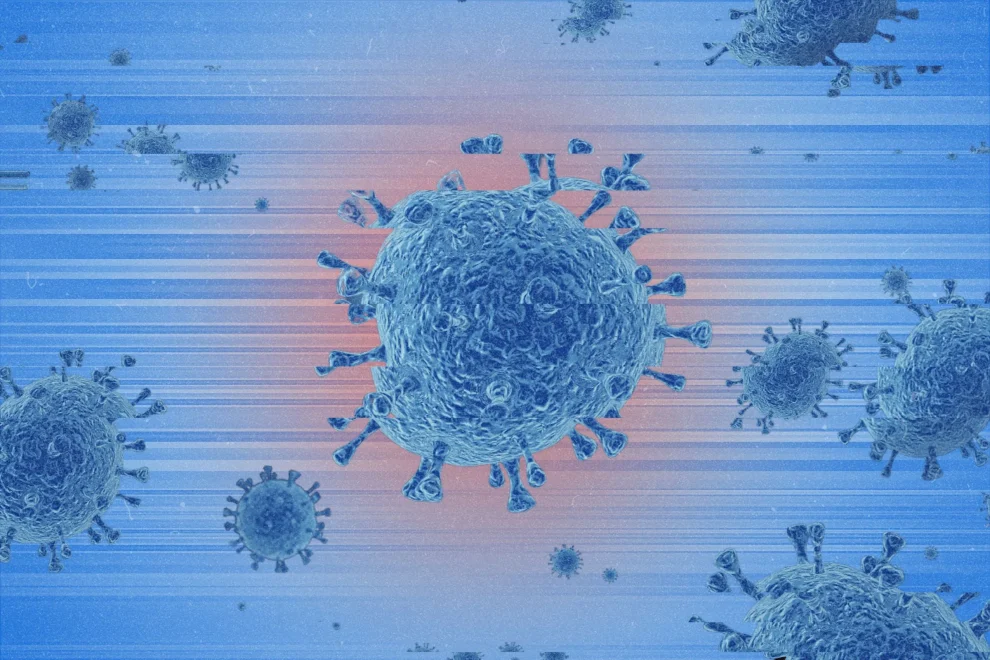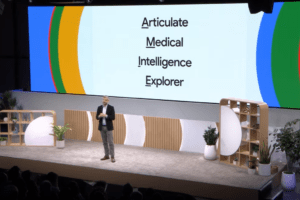A Growing Concern Among Researchers
Artificial intelligence (AI) has the potential to revolutionize many aspects of our lives, but it also poses significant risks. A growing number of experts are warning that AI models could be used to create dangerous pathogens, potentially leading to major epidemics or even pandemics.
The Dangers of AI-Designed Pathogens
AI can be used to rapidly design and optimize pathogens, making them more contagious, deadly, or resistant to vaccines and treatments. This raises the alarming possibility that malicious actors could use AI to create bioweapons that could devastate populations worldwide.
The Need for Regulation

Many experts believe that urgent action is needed to prevent the development of AI-designed pathogens. They argue that governments and international organizations must work together to establish regulations and guidelines for the development and use of AI in biotechnology.
The Role of Researchers
Researchers also have a responsibility to ensure that their work is conducted ethically and responsibly. They should be aware of the potential risks of their research and take steps to prevent the misuse of their findings.
The Importance of International Cooperation
The threat of AI-designed pathogens is a global challenge that requires international cooperation. Governments, researchers, and technology companies must work together to develop effective measures to prevent and mitigate these risks.
The Future of AI and Biosecurity
The future of AI and biosecurity is uncertain. It is possible that AI could be used to develop new vaccines and treatments for diseases, but it is also possible that it could be used to create dangerous pathogens. The key is to ensure that AI is developed and used responsibly, with the safety and well-being of humanity as a top priority.
Conclusion
The potential for AI to create dangerous pathogens is a serious threat that cannot be ignored. By working together, governments, researchers, and technology companies can help to prevent this scenario from becoming a reality. The future of AI and biosecurity depends on our ability to harness the power of this technology while mitigating its risks.
















Add Comment